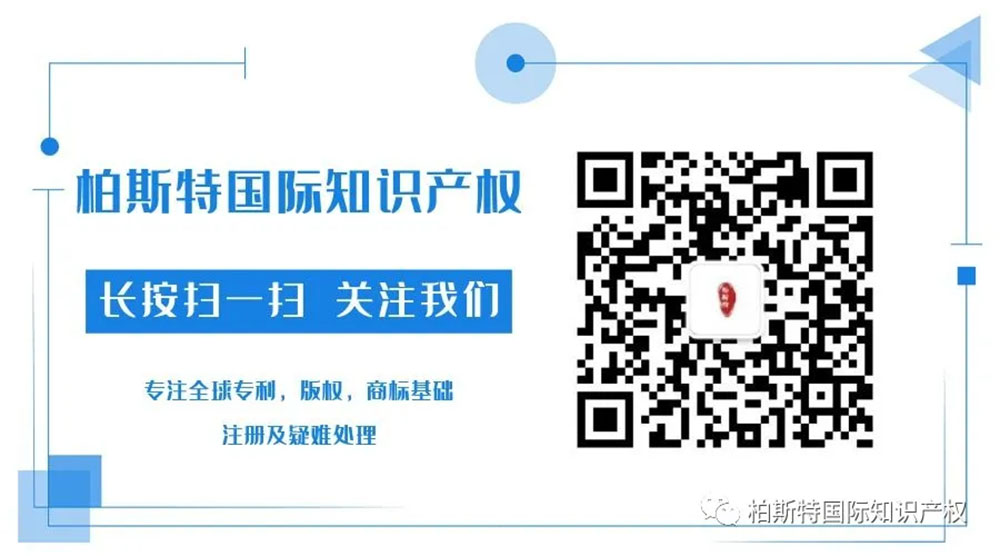- Knowledge
Basic rules for determining patent infringement in the United States
Section 271 of the US Patent Law deals with infringement issues, which only lists a series of infringing acts and points out that these infringing acts are aimed at obtaining patent rights for inventions, but does not further specify how to determine whether a patent has been infringed. The United States is a country mainly based on case law, and some important laws or regulations are often found in relevant court cases. Therefore, studying the principles of infringement determination in US patent law is of great significance for the judicial practice of Chinese patent law.
1. Determination of Protection Scope
In infringement determination, the first step is to interpret the claims, which is a very important issue in US courts. Since the Markman v. Westview Instruments ruling by the Federal Circuit Court of Appeals on April 23, 1996, a procedure has been added to patent infringement lawsuits in the United States: a hearing for claims interpretation before the court hearing, commonly known as the Markman hearing. In the above case, the court's judgment held that the interpretation of patent claims, including the interpretation of vocabulary in the claims, is a legal issue that falls under the jurisdiction of the court and is not a factual issue that should be decided by a jury.
2. Literal infringement
Literal infringement refers to the alleged infringement of a product or method that, compared to the claims of a patent, possesses every technical feature in the claims; Or if every limitation or element in the claims can be found in the accused infringing product or method, then the accused infringing product or method constitutes a literal infringement of the patent.
Courts often use foreseeable standards as a benchmark for literal infringement. If the claimed subject matter exists in the prior art as defined in Article 102 and precedes the invention purpose of the patentee, then the claim is foreseeable; If the subject matter being protected is used after the date of patent authorization, it is considered literal infringement. If a product or method accused of infringement contains fewer technical features or steps than the claims cited, then there is no literal infringement. Whether the accused infringing technology exceeds the listed technical features depends on the transitional terms appearing in the claims. Most claims use the transitional term 'including', which is an open-ended claim that allows for the addition of additional technical features that are not included in the claims. Other claims use a closed or mixed transitional term, and if the accused infringing technology includes technical features outside of the claims, it may not be determined as infringing.
3. Equivalent infringement
The principle of equivalence has long been the most problematic and controversial in handling patent infringement disputes. The theory of equivalence originated in the United States and is used to adjust the boundaries between the increasingly diverse interpretations of inventions and patent specifications, often used as a theoretical basis to strengthen patent rights. Equivalent infringement is relative to literal infringement, and its meaning refers to: the accused infringing product or method, compared with the claims of a certain patent, although one or several elements of the accused infringing product or method are different from the limitations or elements in the claims, the two only have non substantive differences; Or, if one or more elements of the accused infringing product or method are equivalent to one or more limitations or elements in the claims, then the accused infringing product or method constitutes equivalent infringement of the patent.
In determining the principle of equivalence, the Supreme Court of the United States made the most important ruling on the same principle in the 1950 case of Graver Tank Linder Air Products Co. Through this case, the judge believed that "limiting patent rights to literal infringement will only encourage competitors to find unimportant alternatives to protect the invention, therefore, the authorization of the patent office will only hinder inventors from seeking effective patent protection, thus violating the purpose of the patent system. The essence of the principle of equivalence is to prevent accused infringers from avoiding infringement by making minor changes to the invention protected by the claims to maintain substantially the same function. This case provides the "function one method one effect" criterion for determining equivalent infringement, which means that infringement may occur when the accused infringing product or method achieves substantially the same function in substantially the same way and obtains substantially the same result.
The non substantive distinction criterion is the starting point for determining equivalent infringement, but reaching this standard does not necessarily lead to the conclusion of infringement. There are four important factors that limit the application of the principle of equivalence. They are the criteria for all technical features, existing technical criteria, review process estoppel criteria, and public contribution criteria. These guidelines should be frequently questioned in patent infringement lawsuits.
(1) All technical feature criteria
The Supreme Court provided a discussion on all features of the modern principle of equivalence in the Warner Jenkinson Co. Hilton Davis Chemical Co. case in 1997. The criterion for all technical features presented in this case is that each technical feature included in a patent claim is crucial for determining the scope of protection of the invention for which the patent is granted. Therefore, the principle of equivalence must be applied to each technical feature of the claim, rather than to the entire invention as a whole. According to the principle of all technical features, only if the infringing party can provide sufficient evidence to prove that only one technical feature in the patent owner's claim is not in the infringing product or method, the infringing party can be completely exempted from liability. Therefore, the principle of all technical features has become an important defense tool for the infringing party (defendant) to claim equivalent infringement against the patent owner (plaintiff).
(2) Limitations of existing technology
The existing technology also limits the application of the principle of equivalence, and patent holders should not interpret the authorized claims as extending to technology that has already entered the public domain. Those who apply publicly known existing technologies, or are clearly variations of these technologies, are not affected by the principle of equivalence in infringement determination.
(3) Prohibition of reneging principle
The principle of estoppel is also a limitation on the principle of equivalence, which means that in the process of patent examination, the content waived by the patent applicant to the patent office cannot be reintroduced into the protected scope in infringement litigation by applying the theory of equivalence. The patent examination file includes publicly available documents, which are the files exchanged between inventors and examiners during the process of obtaining a patent. If the court concludes that the applicant has abandoned a subject matter in order to ensure the approval of the claims, then as the patentee, he cannot use the principle of equivalence to regain the abandoned subject matter.
(4) Public Contribution Standards
The subject matter disclosed in a patent but not claimed for protection cannot be claimed in infringement litigation through the principle of equivalence in the future. These unprotected topics can be considered as intentionally abandoned and contributed to the public. The Federal Circuit Court of Appeals held that extending the principle of equivalence to publicly available but unprotected subject matter would contradict the primary role of claims in limiting the exclusive scope of the patentee's rights. Otherwise, it would encourage the patentee to provide broader disclosure in the specification and submit narrower claims, thereby avoiding examination of the applicant's potentially submitted specification that is consistent with the broader claims.
In short, the United States has strong flexibility and objectivity in its rules for determining patent infringement, and its grasp of the scale of patent infringement determination rules has good guiding significance for China's patent preliminary judicial trials.

Some of the materials in the article are sourced from the internet. If there is any infringement or any questions about copyright, please contact: monica@yfzcip.com We will handle it promptly!




